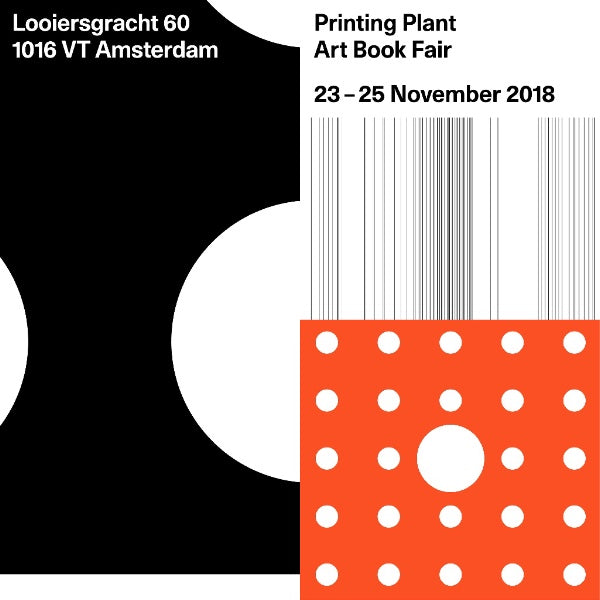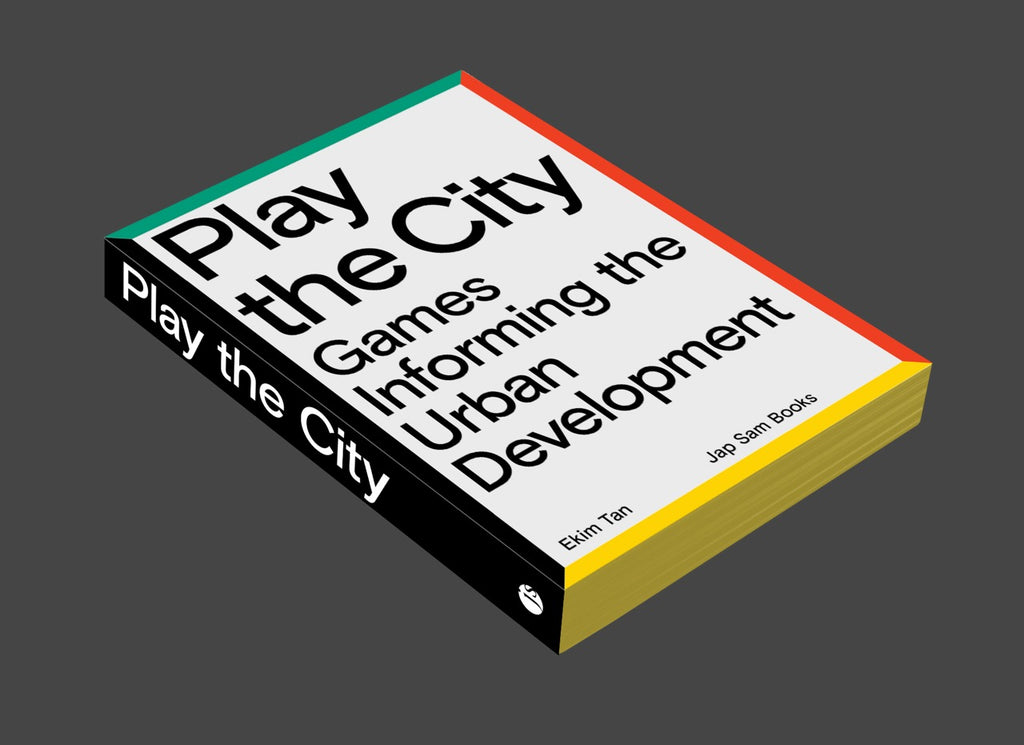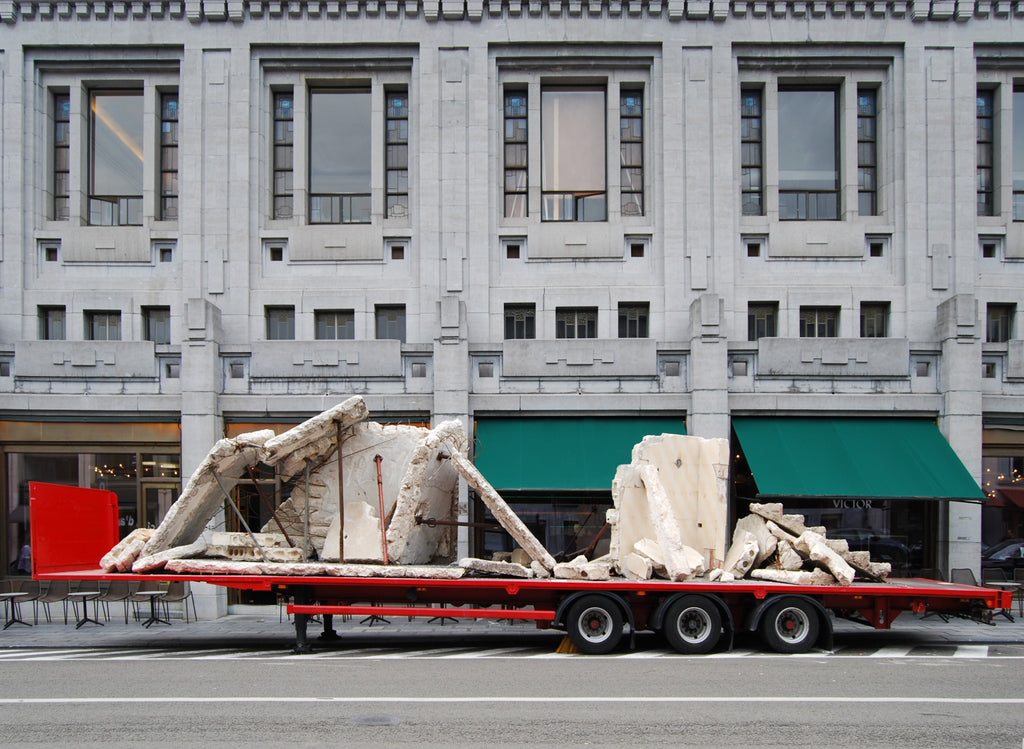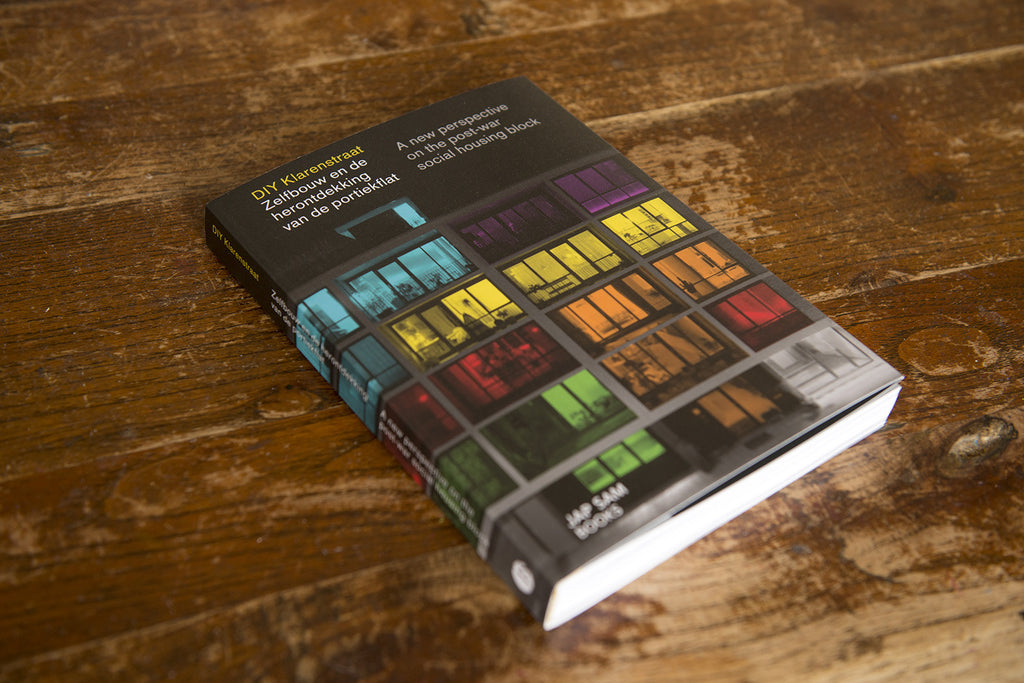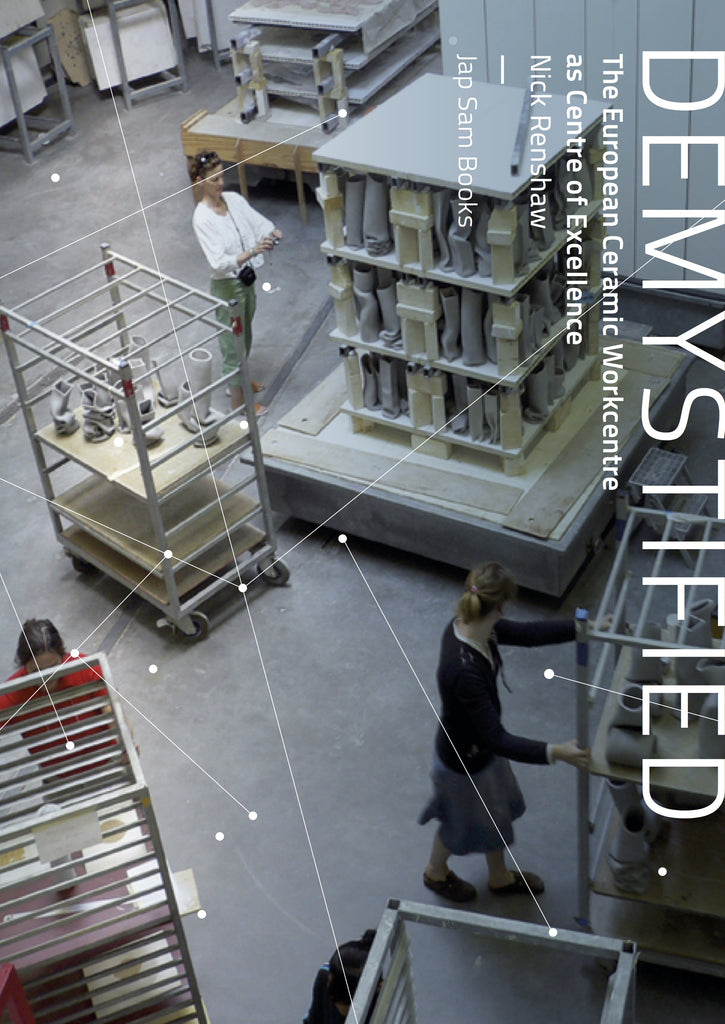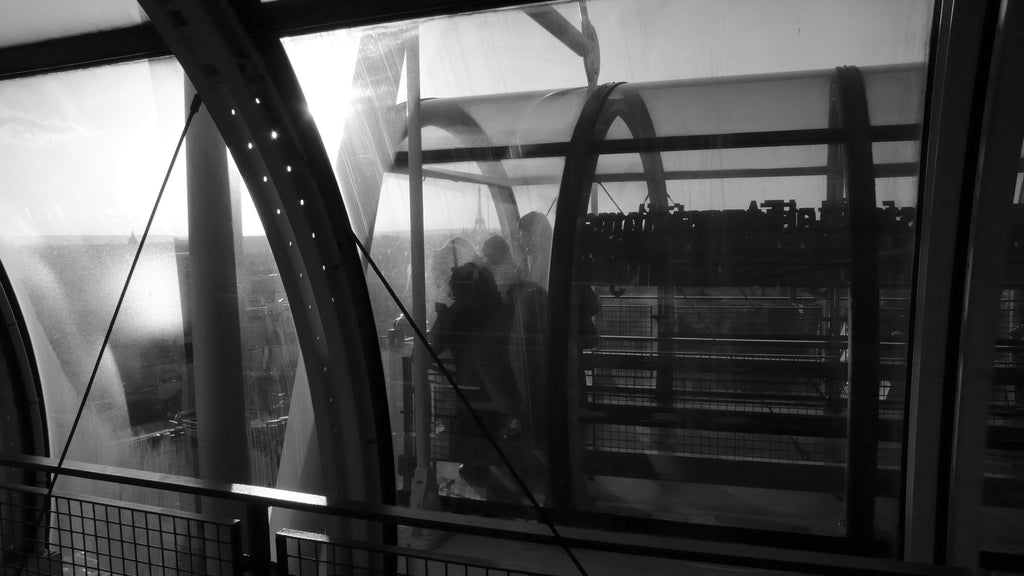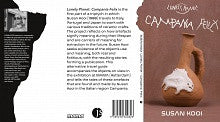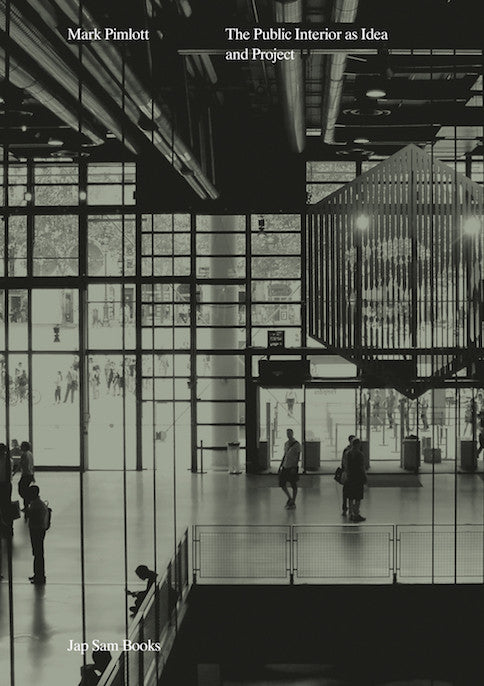In the West, we operate in a condition of interiority, an elaborate set of arrangements that are reflected in the built environment. These are the physical bases of the social contract, some of whose outcomes we might find unpalatable. There are realms within this condition where people become conscious of themselves in relation to their cities and others; and there are those in which this consciousness is sheltered, accommodated.
The public interior is the pre-eminent public environment in the contemporary city. It is the space that historically and presently frames and situates the public. The public interior is, all too often, an instrument for the inculcation of predictable behaviour: a realm of control geared towards the acceptance of a social, political or economic order, rather than a realm for enfranchisement, association, or political action. Mark Pimlott’s recent book ‘The Public Interior as Idea and Project’ (Jap Sam Books, 2016) looked at a range of possibilities for the public interior that have emerged through time, finding––among the interiors as machines to which we have become supplicants––spaces for the imagination, for heightened consciousness of the self, the other and the world, interiors that offer a kind of freedom. The motifs employed by interiors that encouraged the latter are offered as models for the contemporary condition.
Continue reading

